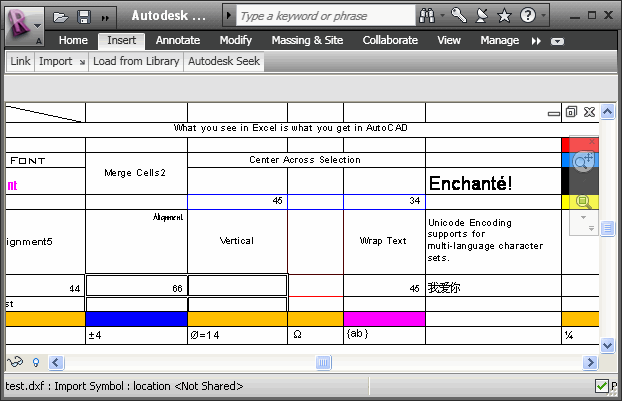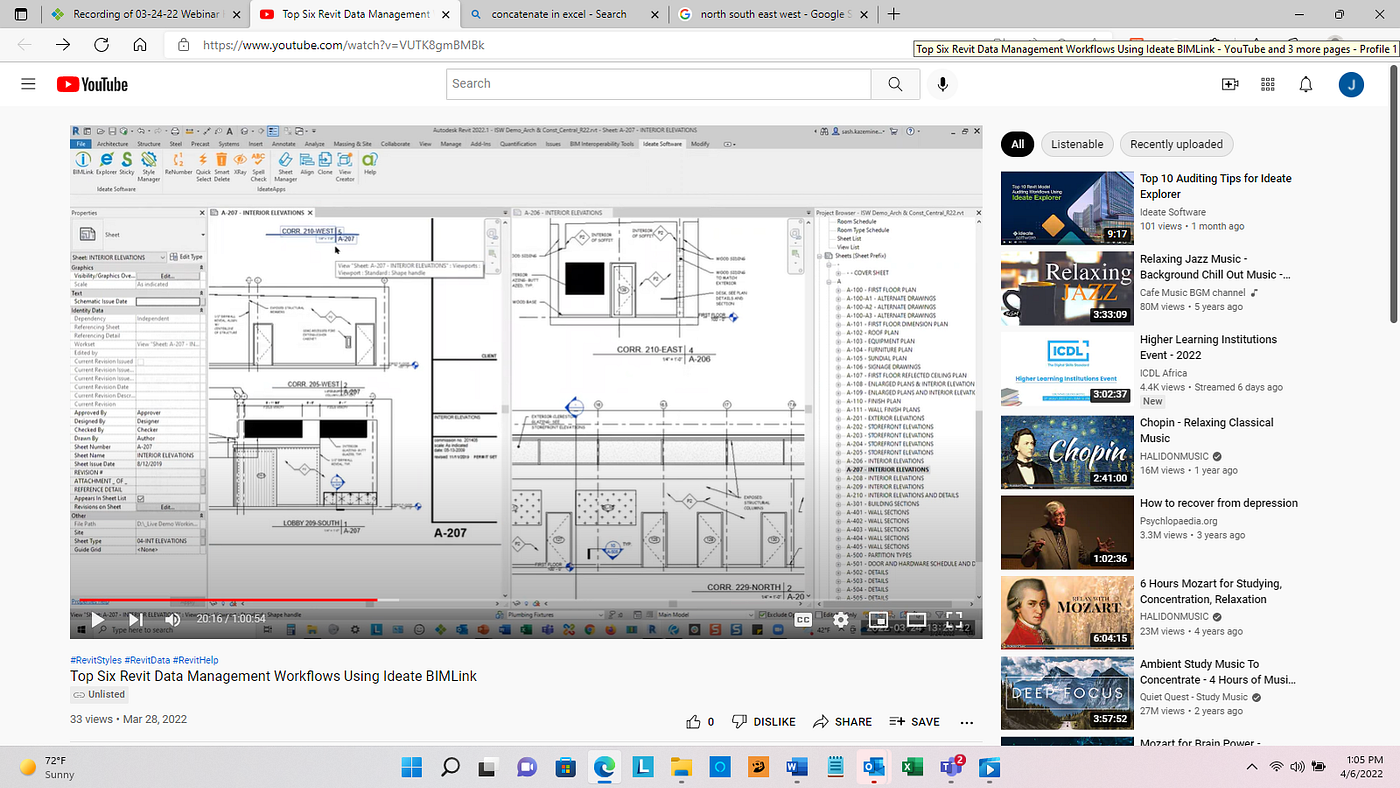Revit Accelerator: Excel Integration Strategies for Enhancing Performance and Partnership
In this write-up, we will check out the advantages of incorporating Excel right into your Revit operations. Plus, we will certainly share finest practices for flawlessly integrating Excel into your Revit projects. Get all set to supercharge your Revit experience with our Revit Accelerator: Excel Integration Approaches!
Benefits of Excel Combination in Revit
The benefits of Excel assimilation in Revit are various and can substantially enhance efficiency and partnership. By flawlessly attaching these two powerful devices, you can simplify your workflow and save important time. With Excel assimilation, you can easily import and export information in between Revit and Excel, permitting you to leverage the strengths of both programs.

An additional advantage of Excel assimilation is the ability to create dynamic schedules and reports. By connecting your Revit model to an Excel spread sheet, any type of adjustments made in Revit will instantly upgrade in the equivalent Excel data. This makes it easy to produce current schedules, quantity takeoffs, and various other job paperwork.
Excel integration in Revit additionally enables much better collaboration among staff member. With the capacity to import and export information, you can quickly share info with associates who may not have accessibility to Revit. This advertises effective communication and enables far better control and decision-making.
Simplifying Operations With Revit and Excel
Simplifying operations with Revit and Excel can substantially boost performance and cooperation. By integrating the abilities of Revit and Excel, you can perfectly move information in between the two applications, eliminating the need for hand-operated information entry and lowering the risk of mistakes.
Utilizing Revit and Excel with each other permits you to utilize the toughness of each program - revit tools. You can export data from Revit into Excel, where you can perform intricate calculations, create graphs and charts, and evaluate the info in a much more effective and orderly manner. On the various other hand, you can import data from Excel into Revit, allowing you to quickly upgrade your versions and paperwork based on adjustments made in Excel
The combination of Revit and Excel also promotes collaboration among staff member. By sharing Excel documents, you can easily connect and work together on layout and construction-related data. This boosts coordination and makes certain that everybody is dealing with the most current info.
Optimizing Collaboration With Excel and Revit
To take full advantage of cooperation with Excel and Revit, you can perfectly update and share style and construction-related data with your team. By incorporating Excel with Revit, you can eliminate the requirement for hand-operated data entrance and lower the danger of mistakes. With just a few clicks, you can import Excel spread sheets right into your Revit model, enabling you to conveniently access and control the information. This integration enables you to work together extra efficiently with your team, as everybody can service the exact same information in real-time.
One of the crucial advantages of utilizing Master combination with Revit is the capacity to update data in both programs at the same time. Any type of modifications made in Excel will immediately be shown in Revit, and the other way around. This makes certain that everyone is working with the most updated info, preventing confusion and saving important time.
Additionally, Excel supplies powerful tools for evaluating and organizing data, which can greatly boost your cooperation initiatives. You can develop personalized records and charts in Excel, aiding you to picture and interact crucial job information properly. When offering data to stakeholders or making notified choices based on task metrics (revit add ins)., this can be specifically valuable.
Advanced Methods for Increasing Productivity in Revit Making Use Of Excel
By utilizing advanced methods in Revit, you can dramatically boost your productivity by leveraging the power of Excel. With Revit's Excel assimilation feature, you can link Excel spread sheets straight to your Revit model, enabling you to conveniently handle and upgrade data.

Additionally, you can utilize Excel macros to automate recurring tasks revit tools in Revit (revit tools). Macros permit you to record a series of activities and play them back with a solitary click, saving you time and initiative. As an example, you can create a macro to automatically produce space timetables or update criterion worths in mass.
Best Practices for Excel Integration in Revit
Using Excel as an information management device in Revit enables for reliable administration and updating of information. One of the best practices for Excel integration in Revit is to create a clear and arranged data framework. By complying with these best methods, you can efficiently utilize Excel as an information management device in Revit and boost your efficiency and collaboration.
Final Thought
Finally, incorporating Excel with Revit can substantially improve performance and partnership in the layout process. By simplifying workflows and maximizing collaboration, groups can function more effectively and properly. Advanced techniques, such as utilizing Excel macros and solutions, can further improve performance in Revit. However, it is very important to adhere to ideal practices to guarantee smooth integration and prevent any type of possible concerns. By leveraging the power of Excel, Revit individuals can attain greater degrees of productivity and collaboration in their projects.
With Excel integration, you can easily import and export information in between Revit and Excel, allowing you to take advantage of the staminas of both programs.
One of the essential advantages of Excel integration is the ability to make use of Excel solutions and features within Revit. By linking your Revit design to an Excel spreadsheet, any changes made in Revit will automatically upgrade in the matching Excel data. On the other hand, you can import information from Excel right into Revit, enabling you to swiftly update your models and documents based on adjustments made in Excel.
With Revit's Excel combination function, you can link Excel spread sheets straight to your Revit design, permitting you to easily take care of and upgrade data.